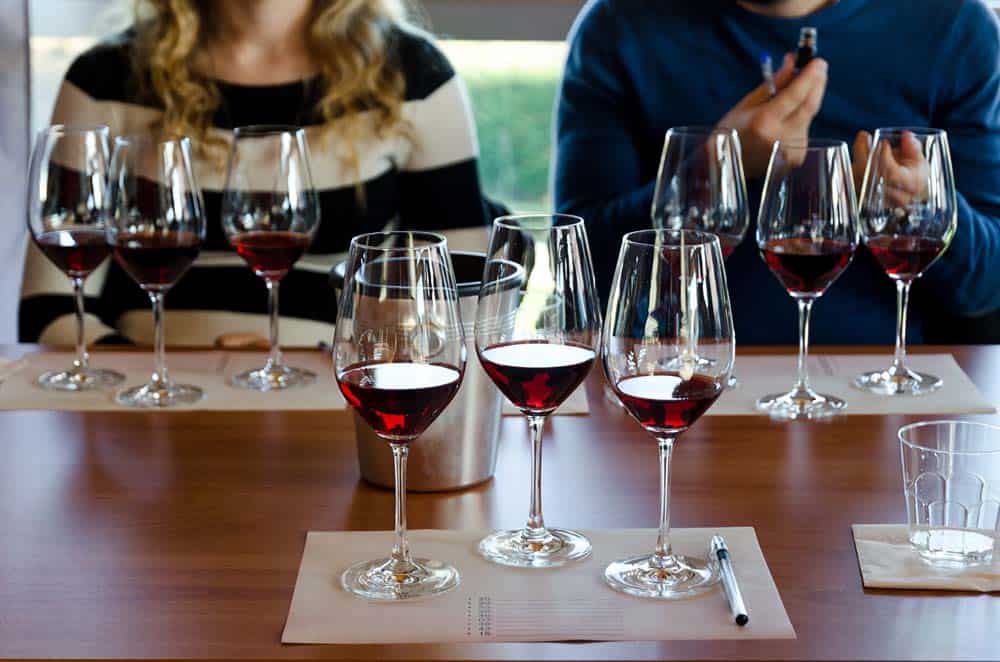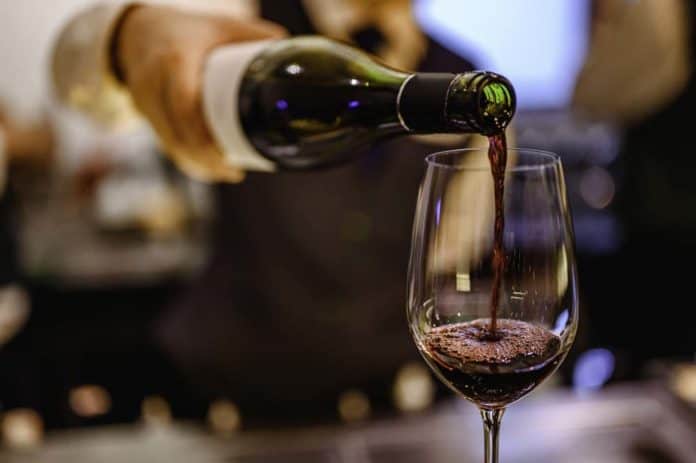Have you always wondered how to pick the best wine? Or, what region and type of grape produce the best wine? Perhaps you’ve always wanted to go to a wine tasting but lack the confidence as you don’t know anything about wine tasting in the first place. However, don’t let complex terms like vintage and tannings put you off. Wine tasting is about going in with an open mind (and mouth) and enjoying the experience as you learn.
Fortunately, this article teaches you what you need to know about luxury wine tasting so that you can be more confident about your next wine tasting.
1. Start With White Wines to Red Wines
Victorinox wine master in hand, start with white wines and then progress to the much bolder and heavier tasting reds. By starting with the white wines, you’ll be able to prepare your palate. Since the red wines are heavier, it would take an even heavier tasting wine for you to analyze the taste. If, for instance, you were to start with the red wines, you would notice that the flavors of the white wines taste a bit muted, making them harder to define. Also note that the sweetest wine will blast your palate, so it’s best to save these to the very end of your wine tasting.
2. The Swirl and Sniff
Even while choosing your best combo at Usual Wines, the first step to the wine tasting is the swirl and sniff. Here, you’ll swirl the wine in the glass, then place your nose on the rim and inhale.
Swirling your wine allows more oxygen to mix with the wine, boosting the flavors. Also, don’t worry if you don’t have the best sense of smell. By taking a whiff, you’re also priming your sense of taste in preparation for what’s to come.
3. Swish and Spit or Swallow
Most like, you’ve seen wine tasters take a sip, swish it in their mouths, then spit the wine. You might wonder why don’t they just swallow? The spitting is brought about by the need to remain sober. Granted that wine tasting exercises your brain but can you imagine how wasted you would be after tasting several wines?
Furthermore, after tasting several wines and impairing your decision making, you would naturally choose the last wine that you tasted like the best. However, nowadays, wineries offer small portions to wine tasters. So, the odds of getting wasted are pretty slim.
With the wine now in your mouth, you can swish it around allowing it to touch all parts of your tongue, then simply swallow or spit–the choice is entirely up to you. You’ll be provided with a spittoon bucket to use in case you decide not to swallow or if you didn’t like how the wine tasted.

4. Stay Hydrated and Munch Something
It’s important to remain hydrated when wine tasting. You can do this by drinking water after each sip. There’re two benefits to this. Firstly, it keeps you from feeling oozy and ensures that you keep your senses. Secondly, by remaining sober, you’re able to make better judgments on the taste of the wine. In addition to water, you’ll find that many wineries offer cheese and nuts. Munching on cheese is a great way to remain sober and prevent the wine from getting a hold on your senses.
5. Asking Questions
When wine tasting, you may often hear the wine steward talk gibberish about the vineyards in France or the grape varieties used to blend the wine. This may leave you confused as to what they’re talking about. What’s more, this could happen to you especially when you don’t have enough experience. Don’t worry, it’s totally acceptable to stop the wine steward and ask them any question that you have.
Sometimes, wine makes will get ahead of themselves by talking about such things and may forget that some people don’t have a clue about them. That said, it’s also a good idea to do a bit of research before heading out to the wine tasting. You can learn about the various wine regions of the world and how certain factors such as the type of soil will affect the quality and taste of the wine.
That way, when you listen to the winemaker go on about wine regions, grape varieties, and soils, you’ll have a clue of what they’re talking about. Still, to get the most of your experience, it’s always best to ask for clarifications.
6. Have A budget
Different wineries will have different costs for their wine tasting. Because of that, it’s important to know how much you’re willing to spend. Some wine tasting may go upwards of USD$50. Also, keep in mind that it’s considered proper to leave with a bottle of wine, which can be considered as an additional consideration when it comes to your budget.
7. Write Down Notes
At the wine tasting, you’ll be trying out several different wines. The wine steward will provide background information on each type of wine. Also, it’s going to be difficult to remember all the details of each different wine that you taste. Because of that, carry a notepad and a pen where you can jot down your notes. Some wineries actually provide these as they understand wine tasters need to write down some pieces of information that they’re going to learn.
As for what to write, simply jot down anything that you feel can be helpful to you in the future. You can write, for instance, what type of wine you liked, what region most appealed to you, and the type of wine that you didn’t enjoy. There’s simply no right and wrong way to do it.
Final Word
If you’ve recently turned into a lover of wines and would like to try your hand and your tongue at some wine tasting, then the tips above will help navigate your way around the different wines at your chosen winery. Just remember that wine tasting is not just about getting drunk with all the wines, it’s also about expanding your knowledge about this amazing drink while making like-minded friends along the way.
Carol
Information sourced by the author for luxuryactivist.com. All content is copyrighted with no reproduction rights available. Images are for illustration purposes only.
